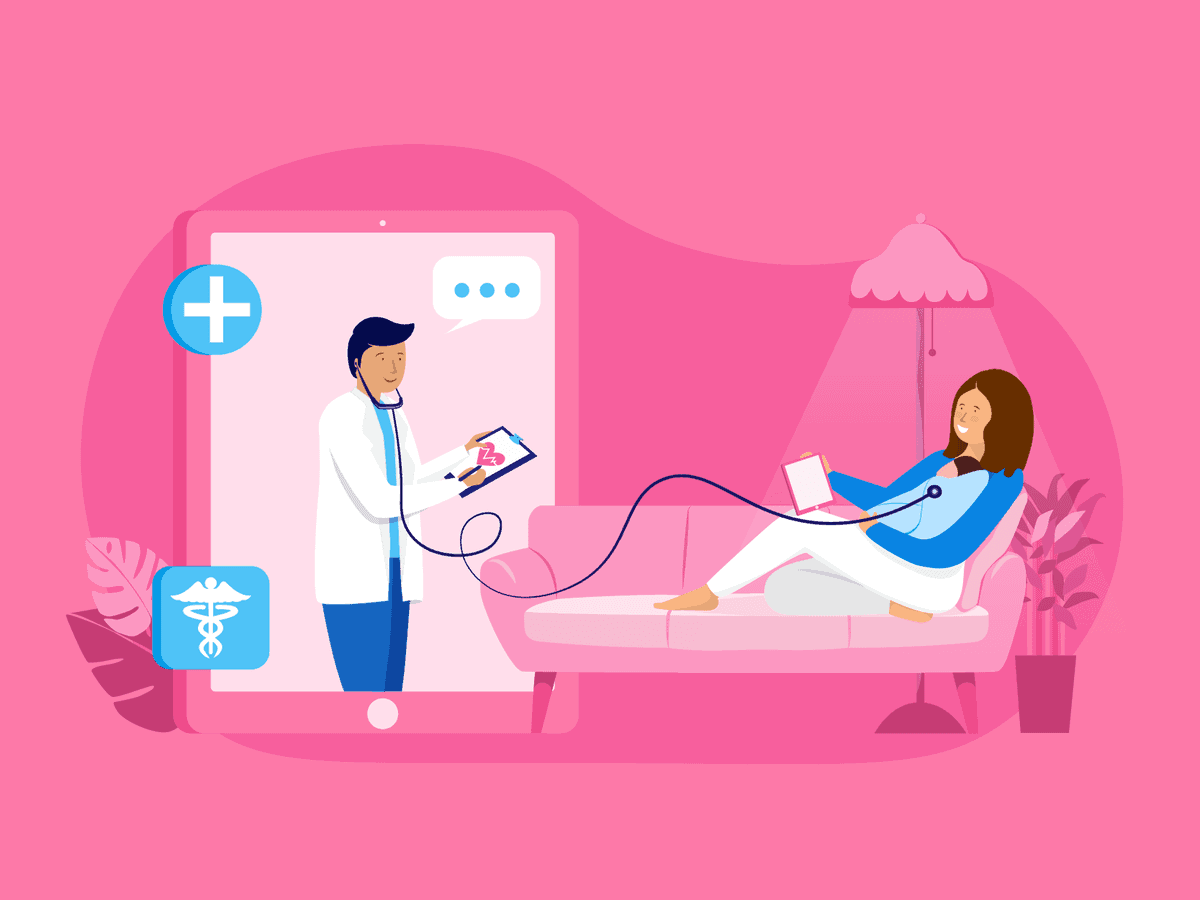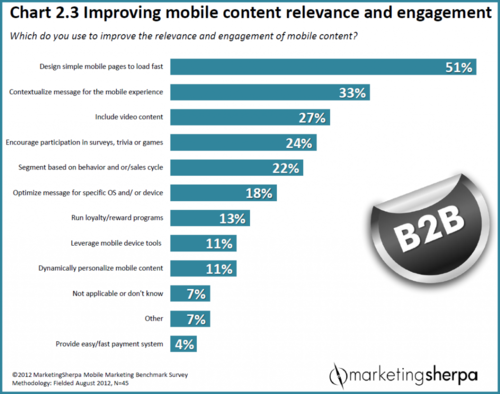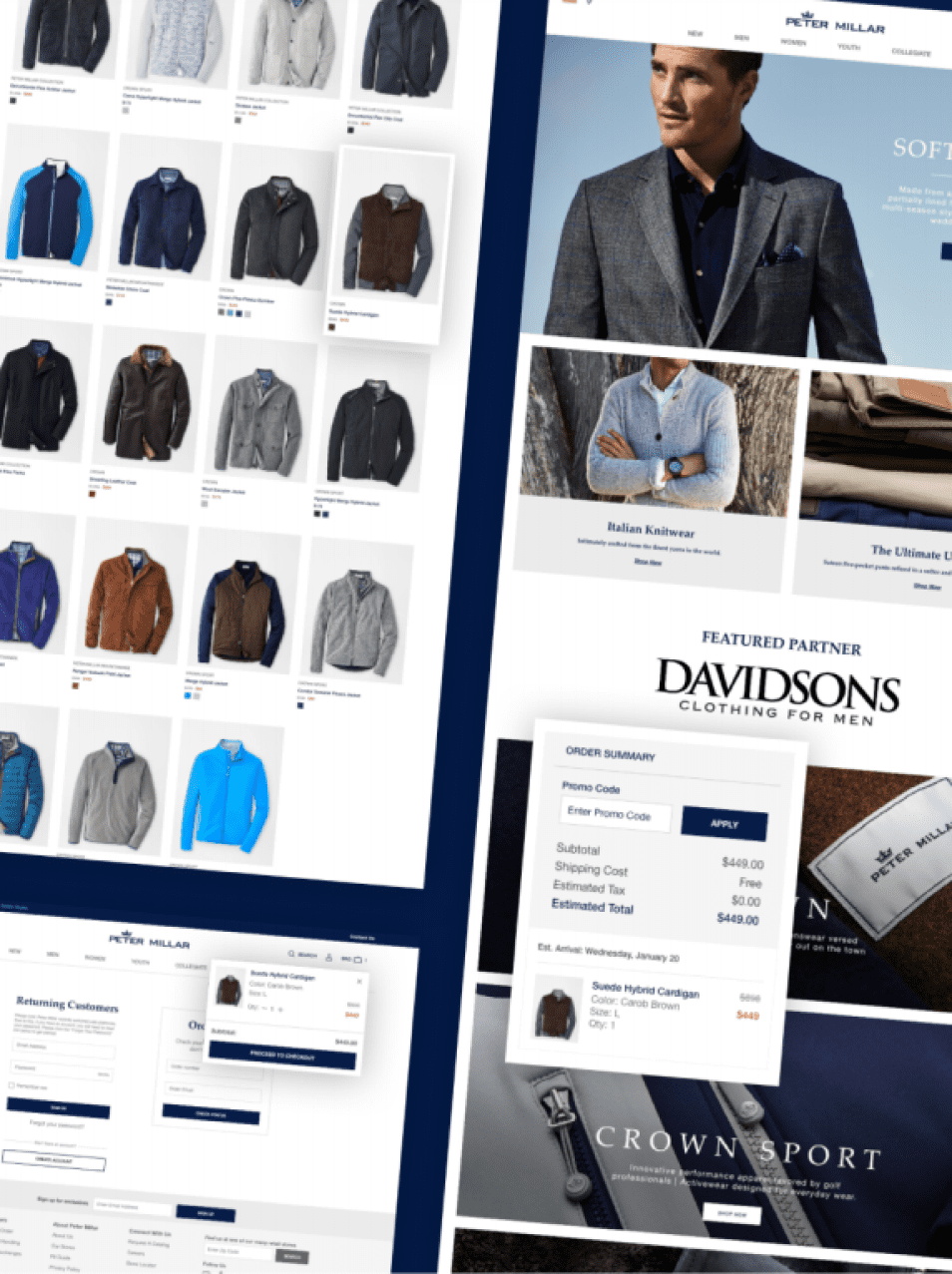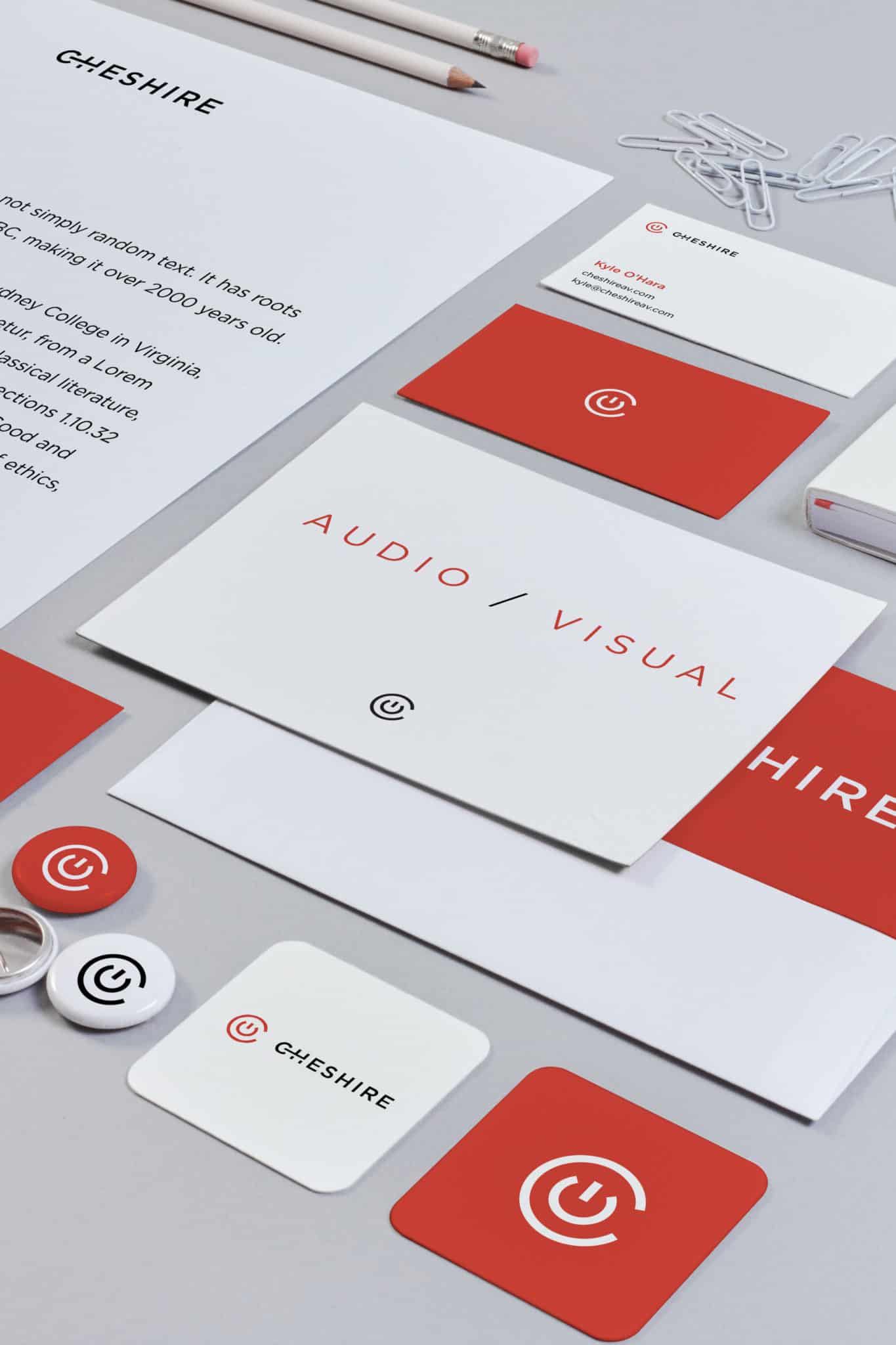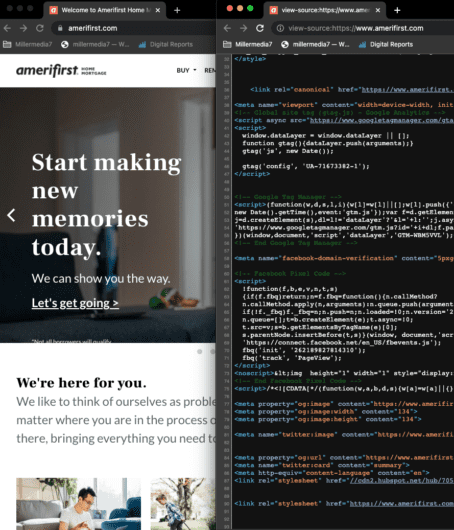
Actively making use of online videos is a clear trend in 2020 as it better improves the user experience. Of course, using quality video content has always been one of the most effective ways to make a website stand out. But after the coronavirus outbreak, the role of online videos in delivering delightful user experience has become even more crucial.
Across the board, during the early peaks of COVID-19 in March in the US and Western Europe, media consumption sky-rocketed. Social distancing and an increase in largely stay-at-home lifestyles have also facilitated the popularity of video chats, video games, and video creation.
For business owners, it means that customers will expect to see more videos in the digital space in both the mid- and post-COVID era. There is a greater need to adjust to the new market demands. In this post, we will discuss how video content impacts the UX and give you some tips on creating engaging online videos.
How videos can improve UX design
Incorporating videos into websites isn’t a passing design trend. By making the user experience more immersive, videos help businesses create a stronger connection with their target audience.
Videos also demonstrate more clearly how products and services meet customer needs and, as a result, help sell products and services more effectively. Let us look at the main benefits companies get when they decide to embed online videos on their websites.
Tone of voice & atmosphere
While background videos make landing pages look more compelling, there is more to it. Videos allow UX designers to create a particular atmosphere on a website and tap into specific emotions and intent in users. With the right UX design and video, it’s easier for a business to convey brand messages and convert leads into customers.
The Cadigal site below is a great example. The company offers property for lease, so the video on a homepage shows beautiful city views.

Higher SEO ranking
Using videos in web design enhances search engine optimization (SEO) efforts and help companies drive more visitors to their websites. Search engines ( most notably Google) rank sites that contain quality video content higher in the search results. Research shows that videos published on a web page can increase the site’s traffic by up to 157 percent.
Besides, online videos increase conversion rates by piquing people’s interest and encouraging them to stay longer on a website. It’s especially useful for businesses that undergo digital transformation and strive to build a solid online presence.
Storytelling video experience
Videos are a great content marketing tool that helps organizations tell the story of a product or brand. Our brains can process and interpret visual content faster than texts. It means that companies can convey more information via online videos in a shorter period of time.
Not to mention that people simply love videos. If video content is available on a web page, it will naturally grab users’ attention. Watch the ad below to get a better sense of how videos can tell a brand story.
Video as customer support
Sometimes people have questions about a product or service that a company offers, but contacting a support center seems like too much effort.
Using explainer videos on self-service portals is a UX design trend that allows businesses to optimize digital customer experience and make a website more user-friendly. It’s also beneficial for companies since they can save costs by hiring a smaller customer support team.
Top video trends for better UX
Online videos have been a dominant form of content for the last 5-7 years. We’ve seen changing video and UX trends during this time period.
As new tools for video recording and editing become increasingly available to a broader audience, new trends start to emerge. If you want to make your website more engaging, here are a few things that may help.
Vlog content
Creating a business vlog is an excellent idea for any company searching for a convenient way to deliver messages and ideas to customers. Informative and compelling online videos help capture the audience’s attention.
Videos are also more memorable than text and more effective in terms of building brand trust. Besides improving UX, a business vlog can be a working tool for implementing a video marketing strategy and increasing brand awareness.
Product videos
Ecommerce businesses use product videos to give potential buyers a close-up look of an item, explain its main features and benefits, or demonstrate a product in use. Statistics show that 72 percent of buyers prefer watching a video to reading a product description if both options are available.
The reasons are obvious. Videos provide more information about a product in an easier way. As a consequence, it speeds up and simplifies the decision-making process. Additionally, videos give more confidence that a product is real. Solo Stove serves as an example of quality product videos.
Live streams
Today, many social media platforms allow users to stream live videos. Instagram Stories, TikTok, Facebook Live, and Youtube Live are just the most popular platforms, but there are literally hundreds of them.
Advancements in technologies have also enabled adding live-streaming videos to corporate websites. So if you decide to start broadcasting business-related videos in real-time, you’ll easily find all the necessary tools.
Personalized videos
The personalized video is a very noticeable trend in video marketing these days. Such videos contain some personal elements, for example, a recipient name and give a feeling that a company speaks directly to each customer.
Of course, you don’t have to create a separate original video from scratch for all people on your email list. Modern video personalization platforms allow companies to customize videos automatically.

How to create a stunning online video
Most of today’s customers view videos all the time, and their expectations are rather high. In other words, if you want to create a positive user experience on your website you have to follow trends and apply best practices. Unfortunately, producing some video content now and again won’t be enough.
- Don’t ignore a vertical video format. Videos in portrait mode are more mobile-oriented and are a perfect fit for social media. But you can also use them on your website and YouTube. See how Adidas did this.
- Get inspiration from outside of your niche. Even if you need to create a simple ad or explainer, it shouldn’t be dull. In most cases, people enjoy videos when they are entertaining. Take inspiration from films or music videos — they’ll give you some new insights.
- Make it simple. People choose videos instead of texts because they are simpler to perceive and process. So don’t try to tell everything in one video. Focus only on the important stuff and keep it short.
- Invest in quality. Will you watch a video ad if the sound quality is so poor that you can barely hear the words? Good quality videos show that your company cares about your products and customers. In short, quality should never be underestimated.
- Add in-person feel. Although the digital world offers limited opportunities for face-to-face interactions, users want to see more human beings when they are online. To make your video content more influential and engaging, create videos containing real people whenever it’s possible.
Wrapping-up
COVID-19 has changed our online habits and needs. People spend more time in the digital space and are exposed to a vast amount of information. It’s only natural that we want to get quality content but in a simple form, so understanding the ideas doesn’t require much effort. Online videos suit this market demand just perfectly.
No matter what message your business aims to deliver, you have a higher chance of being heard if you use a video format. Are you unsure whether your online videos and user experience design is up to scruff? Then it’s high time to review the UX design of your website, app experience, and add more videos to it.

